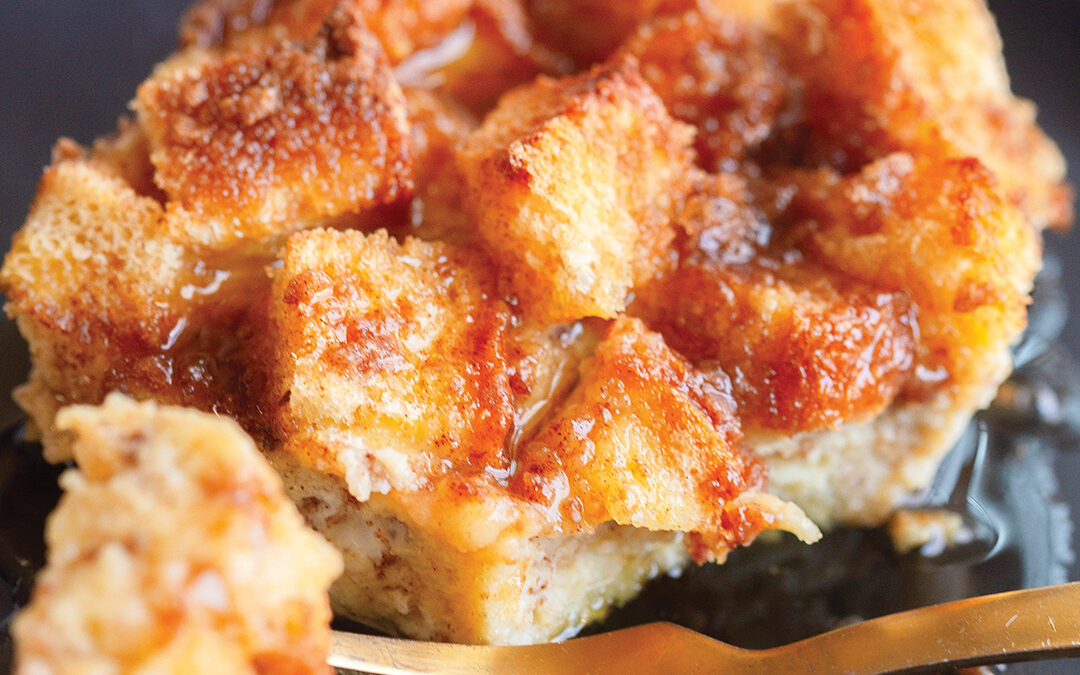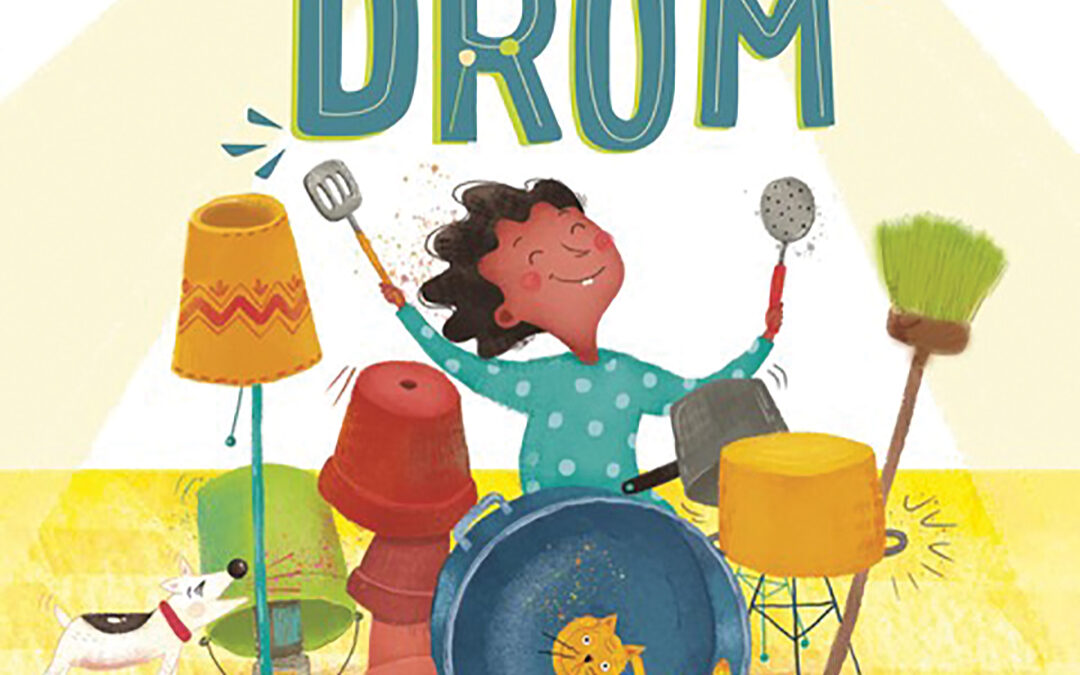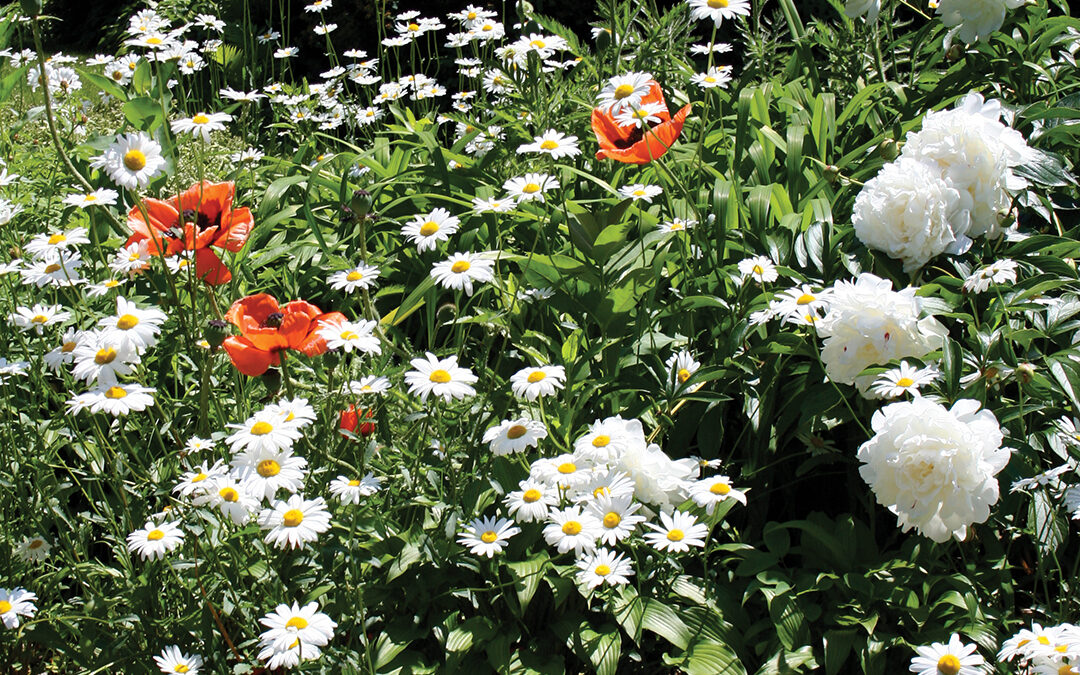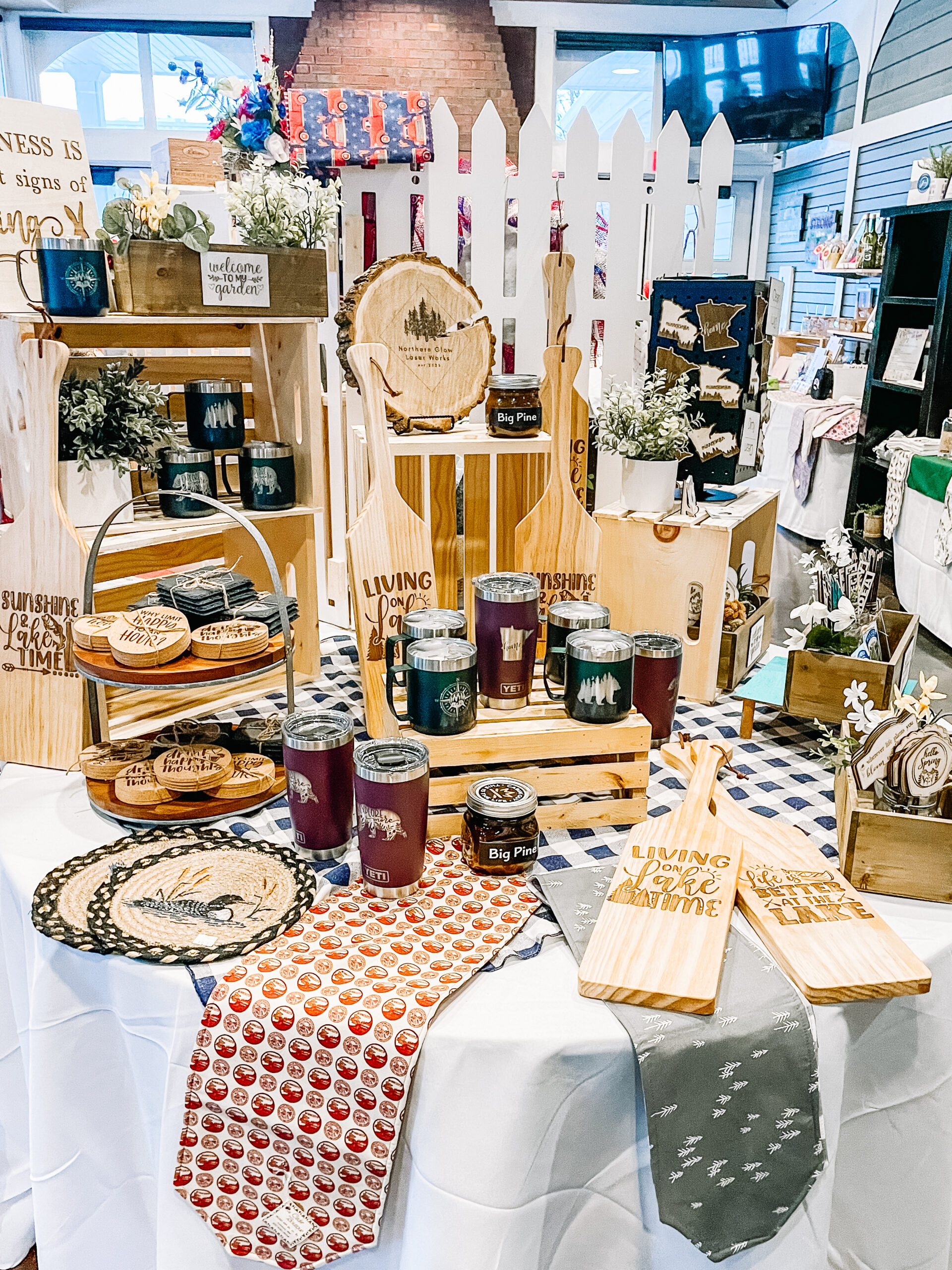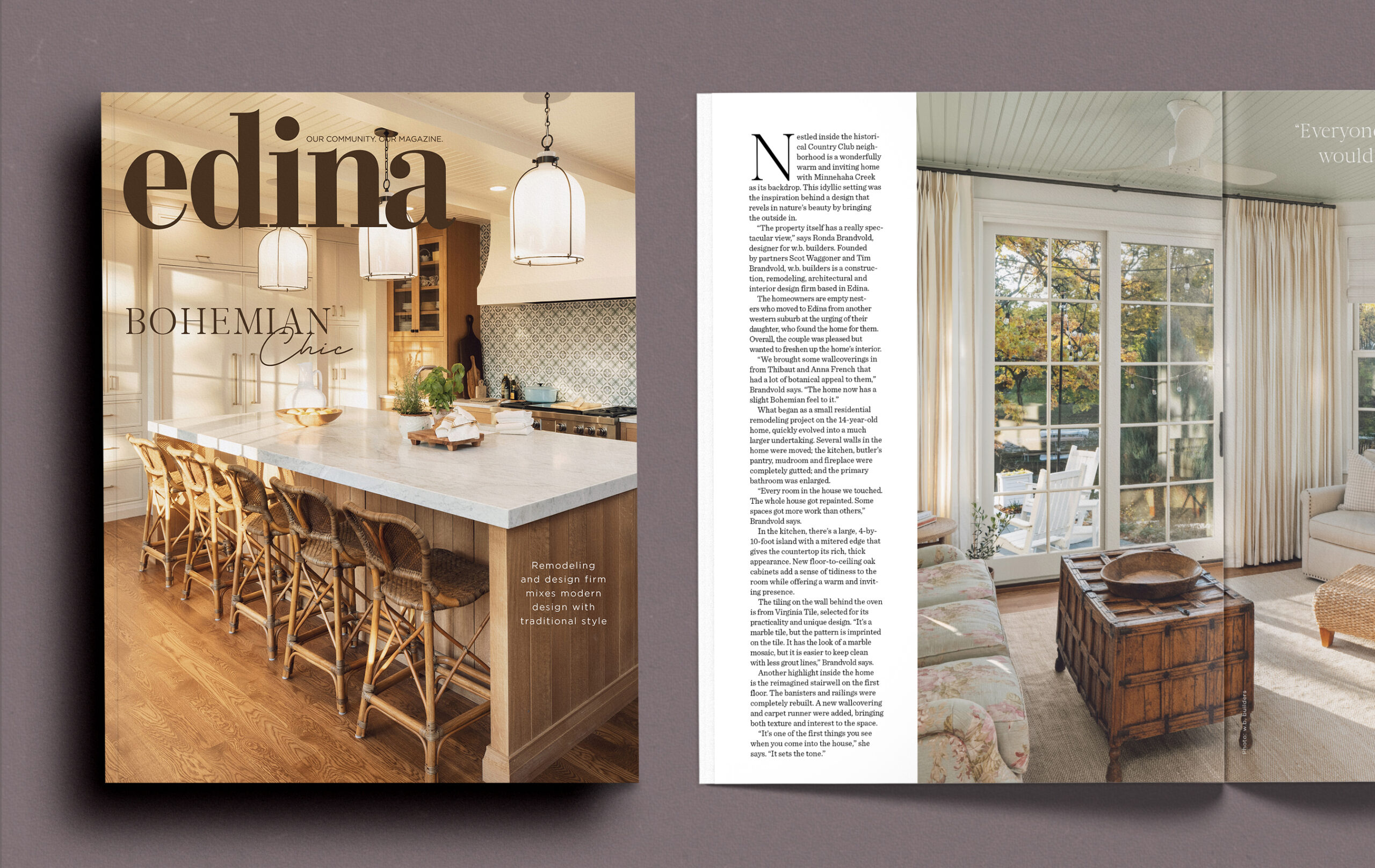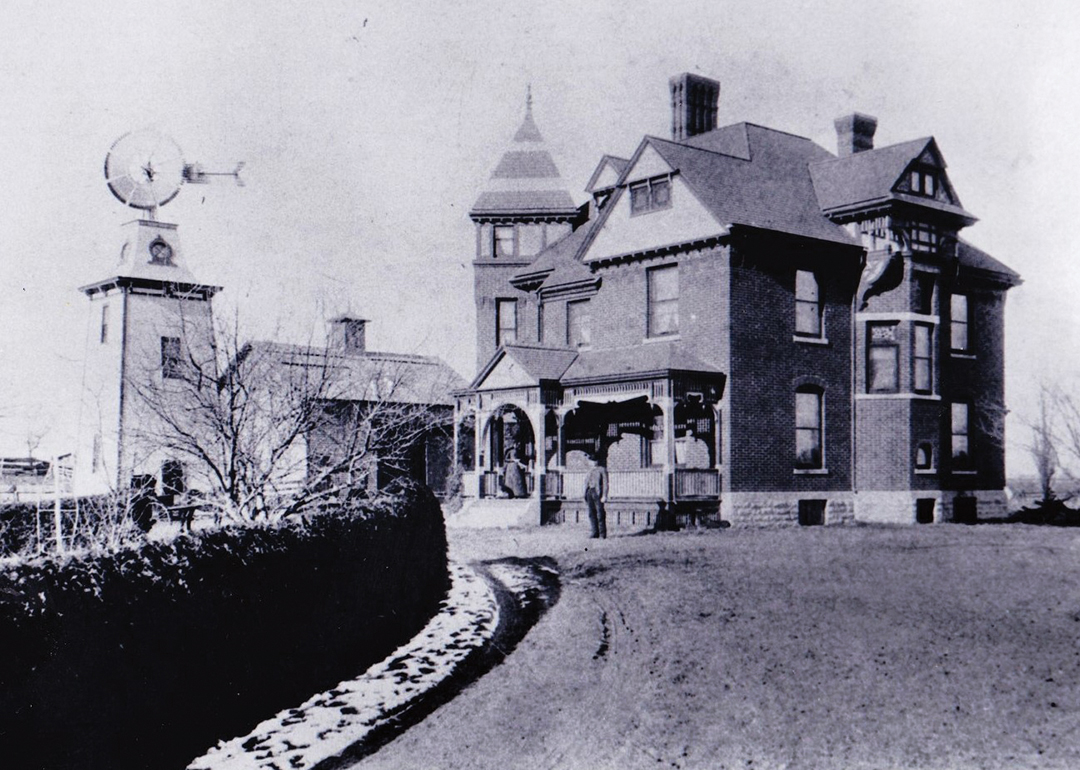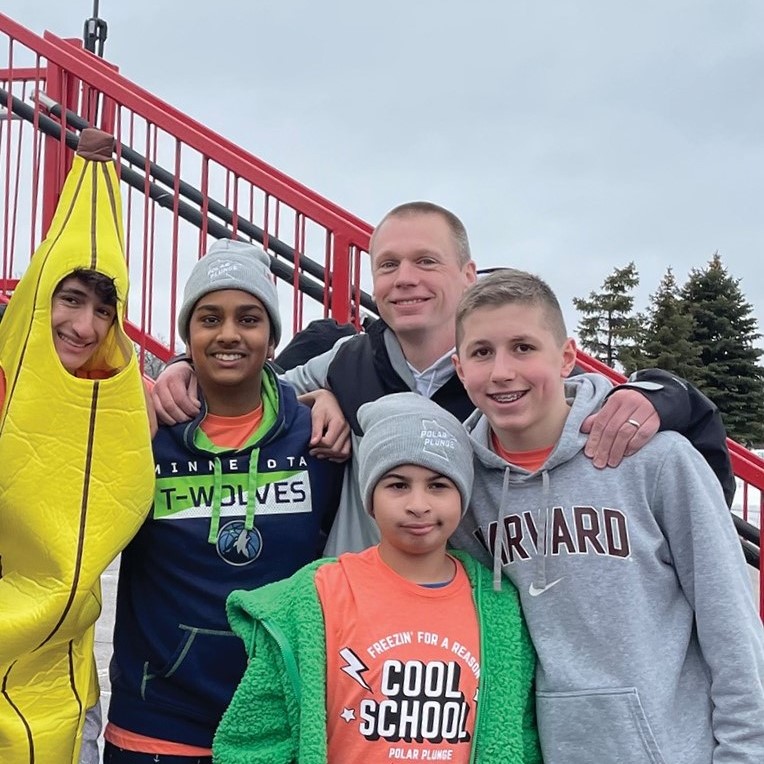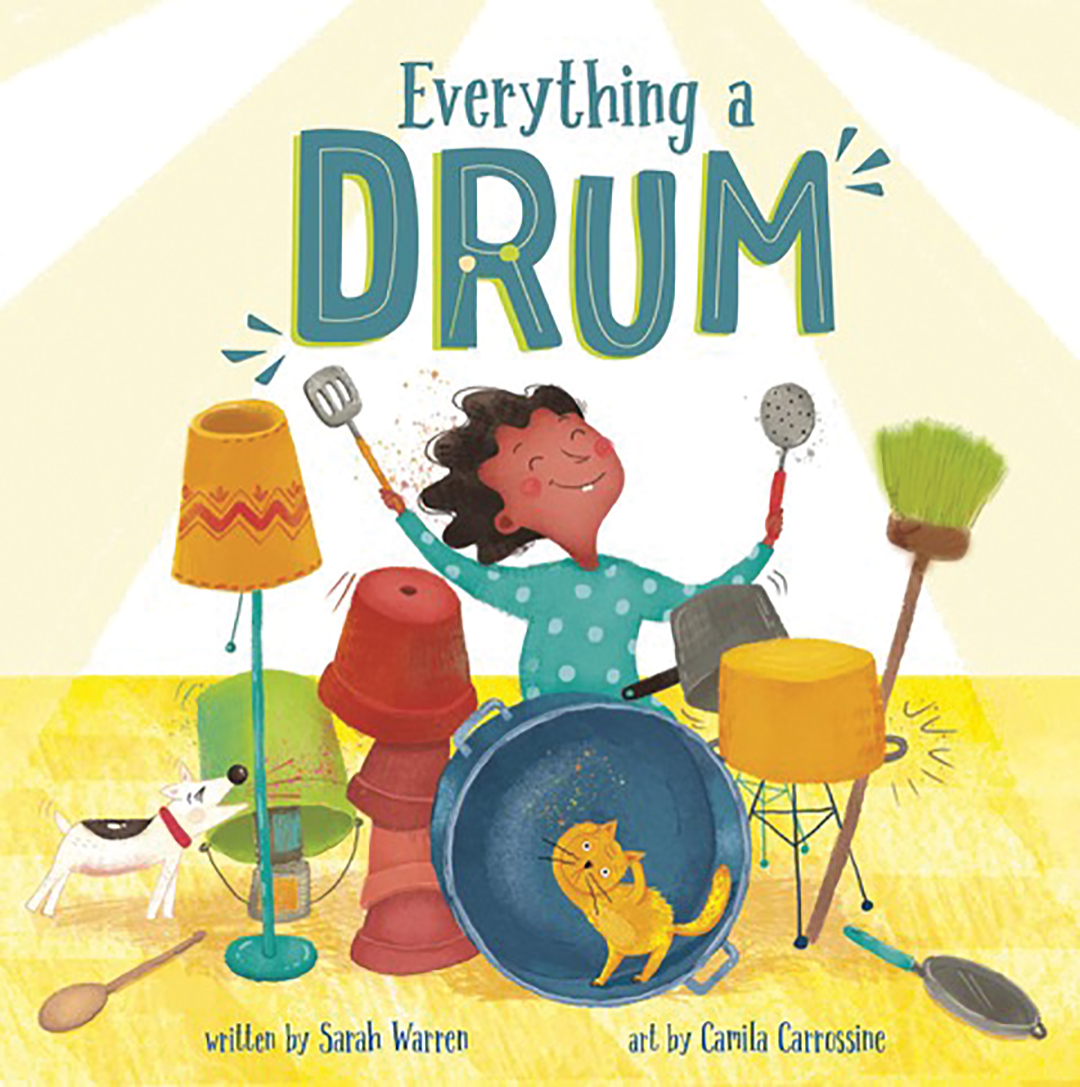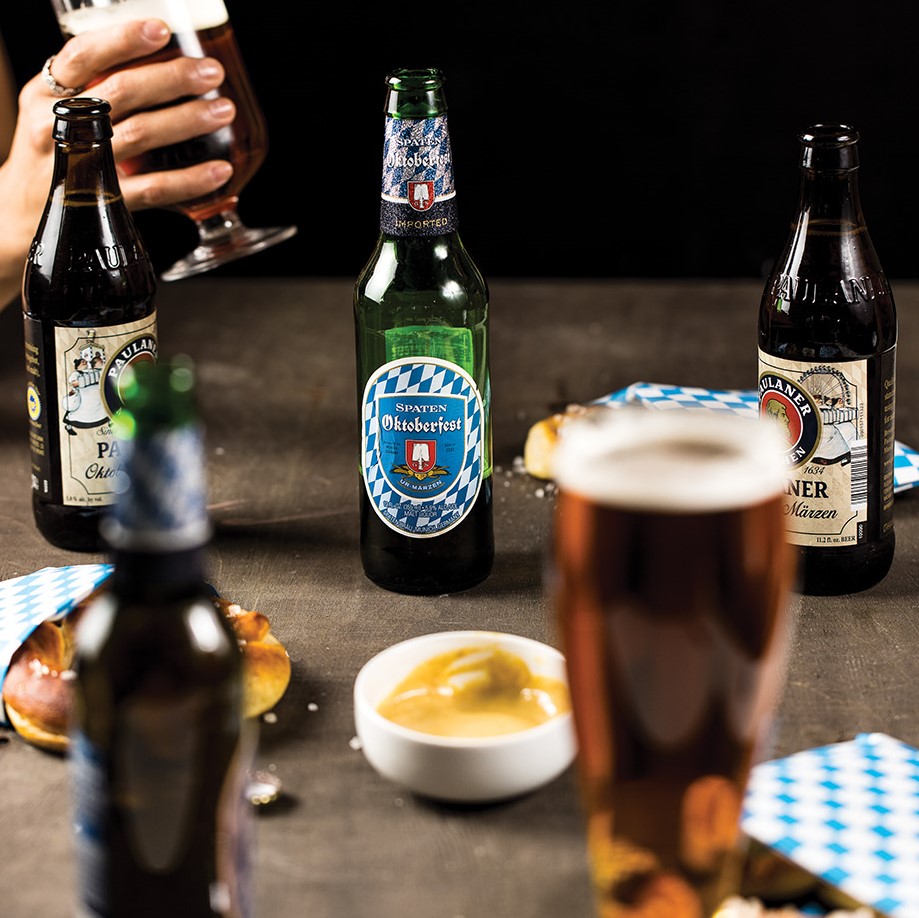
Classic Oktoberfest Fare
Oktoberfest is here … in September?
If there’s one thing breweries and liquor stores alike know, it’s that seasonal beer sells out fast. “It’s important to check early, because the beer releases always precede the season,” says Bennett Porter, certified Cicerone® and manager at France 44. It doesn’t help that a festival named after the month of October actually happens a month early, and Oktoberfest beers start hitting the shelves in August.
“The first [Oktoberfest] celebrations were in October, but the official Oktoberfest was pushed into September because of the warmer weather,” Porter says. “Every year, the official Oktoberfest is basically the last two weeks of September and ends the first Sunday of October.”
Porter says that the festival itself started in 1810 as a wedding celebration between crown prince Ludwig and princess Therese of Saxe-Hildburghausen. In Munich, the celebration was such a success that they turned it into a yearly event with a state fair-like flavor.
“They had local farmers advertise their crops, and soon it included food and drink, and breweries began participating,” Porter says. “Eventually, they had the six main breweries in Munich participating in the festival, and they’d erect these big beer tents for people to enjoy beer and German food.”
Die sechs Brauereien
The Six Breweries:
Augustiner
Hacker-Pschorr
Hofbräu
Löwenbräu
Paulaner
Spaten
In Germany, only beers produced by one of the six Munich breweries listed above can be given the name Oktoberfest. “Other breweries in Germany will produce that style, but they’re not allowed to use that term,” Porter says. “They’ll call it a festbier [style] or a märzen lager.”
Porter describes the märzen style as typically more amber colored. “It’s toastier, breadier, a little bit fuller-bodied,” he says. Festbier, on the other hand, is more golden. He says, “[It] also has this lively, doughy, smooth malt character to it.” In both cases, märzen and festbier is typified by a flavor that implies sweetness, but is actually moderately dry.
Also, both styles are lagers. “Most traditional brewing in Germany is lager-style brewing, so [they involve] a colder fermentation and cold conditioning or ‘lagering’ afterward,” Porter says. Lagering is when brewers store the beer cold. Porter explains that this process consumes more sugar, which translates to a drier beer and a crisp, clean flavor profile.
OKTBRFest
If you’re looking to put a bit of the “fest” in “festbier,” Edina’s own Wooden Hill Brewing Company is participating in the tradition, too. OKTBRFest will hit the taps mid-September and stick around until it sells out. “It’s usually only on for three or four weeks because it sells so quickly,” says co-owner and head brewer James Ewen. “Everybody wants Oktoberfest.” (Porter agrees. He says that, if you’re looking to stock up on your own selection of Oktoberfest, start in early September. “We essentially have our full selection at that point,” he says.)
Ewen says he brews an essentially classic festbier-style to give his customers a representation of the type of beer they may taste in Germany. “It’s pretty much as many German ingredients as I can get,” Ewen says. “We’ve got a base of German Pilsner malt, and we’ve got some dark Munich in there. Dark Munich adds notes of caramel and honey and bread.”
For the hops, Ewen says that a bit of a bittering addition offsets the sweetness of the malt. The yeast, a popular German lager yeast sourced from the oldest
brewery in the world, brings out a bit of a floral character.
“Ultimately, it just ferments really clean[ly], which is great for that style because you want it to be drinkable,” Ewen says. “I’m shooting for something that, as a festbier, maybe has a little bit more flavor than your average light lager but still retains that drinkability.”
The Wooden Hill taproom will also feature a Bavarian pretzel on its menu to heighten the festive atmosphere.

Photos by: Chris Emeott
Sprichst du Deutsch?
Porter shares some of his favorite takes on Oktoberfest—and translates classic Oktoberfest styles into year-round options.
Die Klassiker
The Classics
Oktoberfest
“My favorite [beer] from those six [breweries] is the Paulaner Oktoberfest beer. That’s the golden festbier style and that only comes out in the fall.”
Want to keep the party going beyond Oktoberfest? “You actually have other German styles that are similar—so a Dortmunder-style lager, which sometimes is called an export-style lager, [has] a similar maltiness to it. It’s just a touch lighter-bodied, but it also has a touch more hops character to it.”
Translation: Lupulin Brewing Dortmunder
Märzen
“From those six breweries, Hacker-Pschorr does a really wonderful märzen style.”
Looking for something similar to a Märzen year-round? “A similar style you’ll see on the shelves is the Vienna lager style. The Vienna lager was developed actually around the same time as the märzen lager, just in Austria, obviously. But we have a lot of domestic examples of that … Or even, if you think about a brewery using the term ‘amber lager.’ That’s also close.”
Translation: Castle Danger North Shore Lager
Der Konkurrent
The Competitor
“There’s this brewery called Wagner, also in Germany and Bavaria, that makes a wonderful Oktoberfest märzen … That’s my go-to every year. It’s not one of the six breweries, but it’s super wonderful. It’s got this rich depth of maltiness to it. It’s so smooth [and] has a nice dry finish.”
Die Locale
The Local
“The current Surley Oktoberfest is more of a traditional festbier style. It’s a really wonderful example for a domestic brewery … Bauhaus makes a really nice one, as well.”
France 44
4351 France Ave. S.; 612.925.3252
Facebook: France 44 Wines & Spirits
Instagram: @france_44
Twitter: @France44Wine
Wooden Hill Brewing Company
7421 Bush Lake Road; 952.960.9663
Faccebook: Wooden Hill Brewing Company
Instagram: @woodenhillbrewing
Twitter: @WoodenHillBeer

